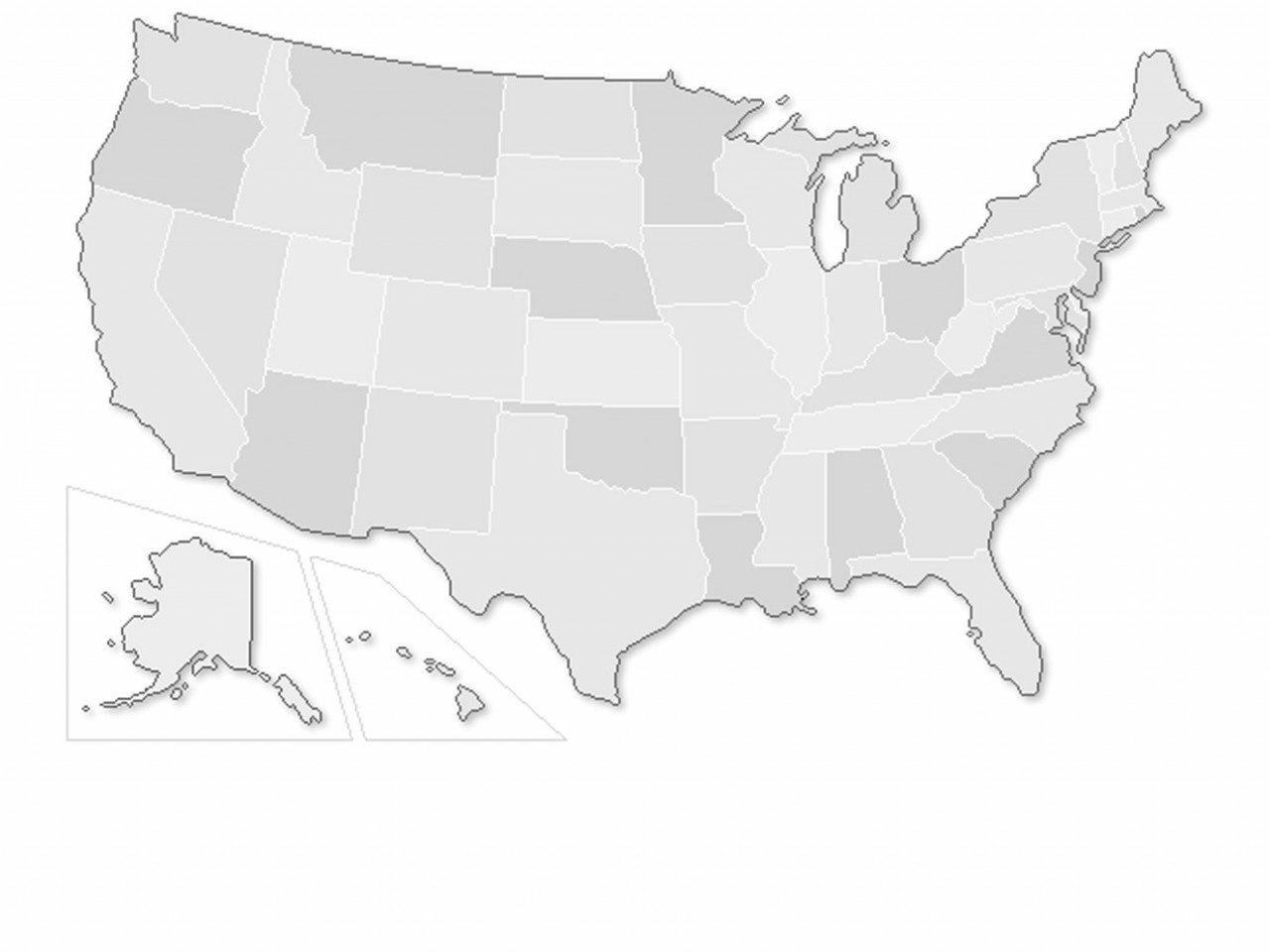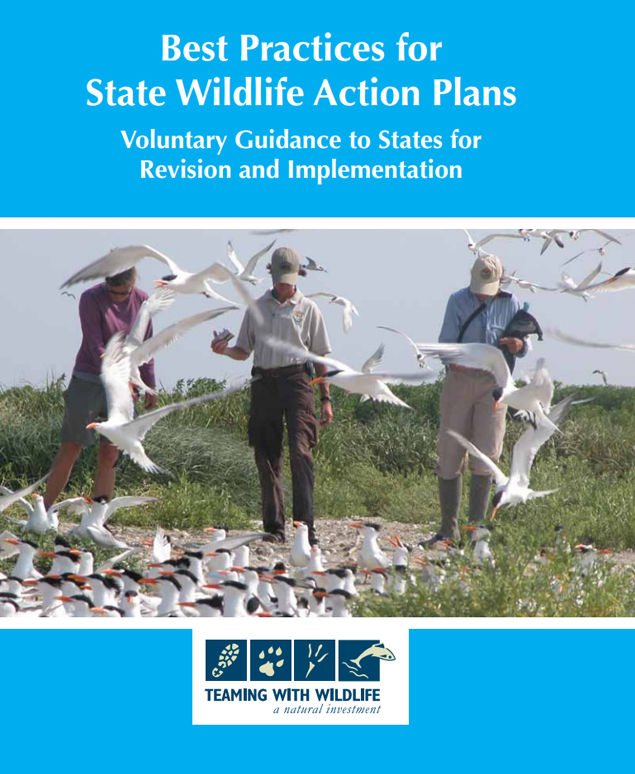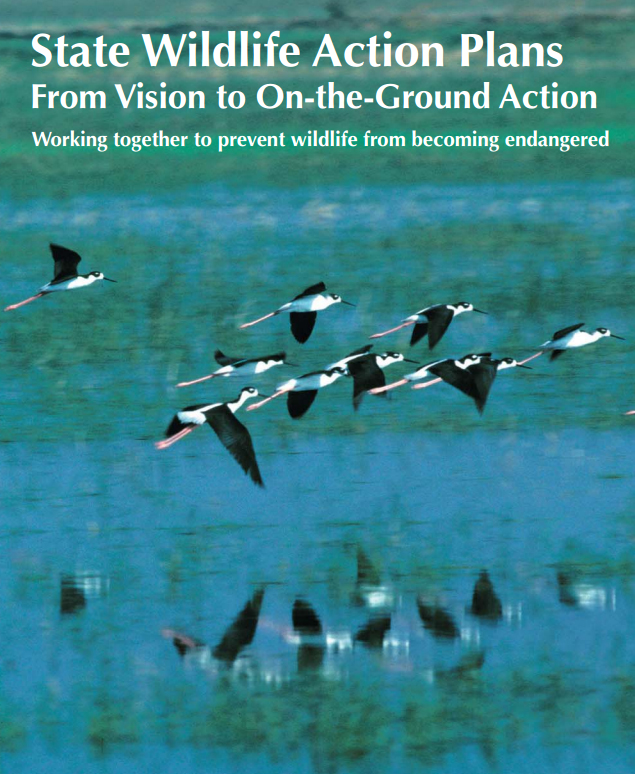State Wildlife Action Plans


To receive funds through the Wildlife Conservation and Restoration Program and the State Wildlife Grants Program, Congress charged each state and territory with developing a wildlife action plan. These proactive plans, known technically as “comprehensive wildlife conservation strategies,” assess the health of each state’s wildlife and habitats, identify the problems they face, and outline the actions that are needed to conserve them over the long term.
All 50 States and five U.S. territories developed State Wildlife Action Plans (SWAP). SWAPs outline the steps that are needed to conserve wildlife and habitat before they become too rare or costly to restore. Taken as a whole, they present a national action agenda for preventing wildlife from becoming endangered.

What can State Wildlife Action Plans offer land trusts?
The SWAPs identify a variety of actions aimed at preventing wildlife from becoming endangered. By focusing on conserving the natural lands and clean waters that provide habitat for wildlife, the plans have important benefits for wildlife and people. In addition to specific conservation projects and actions, the plans describe strategies to educate the public and private landowners about effective conservation practices and identify knowledge gaps that limit our ability to conserve wildlife. SWAPs are perhaps the single best place for land trusts to find important and timely information about the species and conservation issues that are important in their states. Furthermore, funding is often more easily obtained from a variety of sources for species that are identified on SWAPs.
To view the plan for your state, see the SWAP map. You can also watch previously recorded SWAP webinars, read past publications, or learn about Best Practices for SWAPs, which prioritizes species and conservation actions. The best practices may be used voluntarily by states that aspire to improve conservation work and create greater consistency across SWAPs, thereby making them more relevant to partners and large landscape-level efforts.
There is also a State Wildlife Grants Program administered by the U.S. Fish and Wildlife Service that funds states and partners like land trusts to implement projects identified in SWAPs. Visit the State Wildlife Grant Program overview page to find out how states and their partners are financed through the program.




